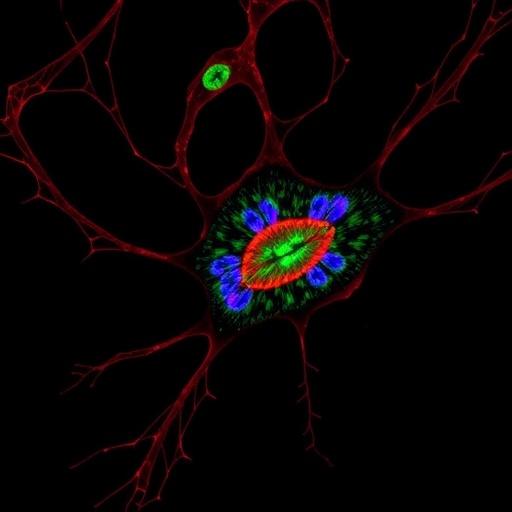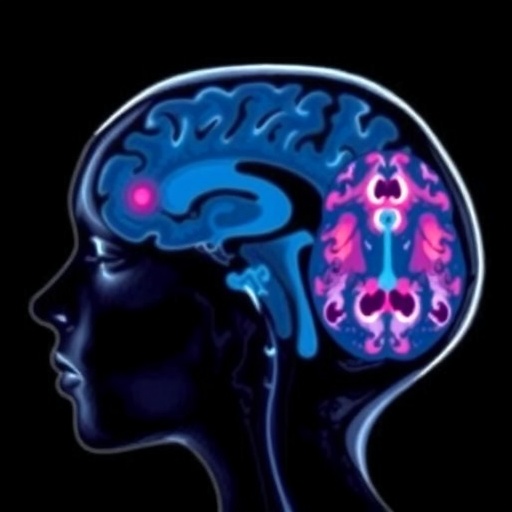Astrocytes are overtaxed neurons’ pit crew.
The brain cells collect damaged lipids secreted by hyperactive neurons, then recycle those toxic molecules into energy, researchers at the Howard Hughes Medical Institute’s Janelia Research Campus report May 23, 2019, in the journal Cell. It’s a mechanism to protect neurons from the damaging side effects of overactivity. And it’s another important role for astrocytes, which support neurons in various ways.
When a neuron fires fast and furious, lipid molecules in the cell get damaged and can become toxic. While most kinds of cells sequester excess fatty acids away or feed them to mitochondria to prevent buildup, neurons don’t seem to rely on those tricks.
Instead, “neurons unload some of the burden to astrocytes,” says study coauthor and Janelia Group Leader Zhe Liu, who worked closely with Maria Ioannou and Jennifer Lippincott-Schwartz, a senior group leader at Janelia. “For a long time, people have suspected there was some mechanism like this. The new work shows how this process actually happens.”
The finding arose from a curious observation: Overactive neurons release damaged fatty acids bundled up in lipid particles. “People didn’t think that neurons could secrete those lipid particles,” Liu says.
But stimulating mouse neurons in a dish led to the buildup of fatty acids and, eventually, lipid particle release, the team showed. Then, nearby astrocytes engulfed the particles and amped up the activity of genes involved in energy production and detoxification.
Astrocytes feed neurons’ off-loaded damaged lipids to their own mitochondria, converting waste into energy, Liu concluded. Tests in mice showed a similar response. After a lesion to the brain that mimics a stroke – a huge stress to neurons – neurons increased production of proteins involved in transporting fatty acids out of the cell, and fatty acids built up in astrocytes.
This pathway for clearing toxic molecules from neurons might be damaged in Alzheimer’s patients, Liu proposes, though that hasn’t been thoroughly investigated. A next step, led by Maria Ioannou in her new lab at the University of Alberta, is to examine what’s different about this mechanism in cell culture and rodent models of Alzheimer’s disease.
###
Media Contact
Laurel Hamers
[email protected]
Related Journal Article
https:/
http://dx.




